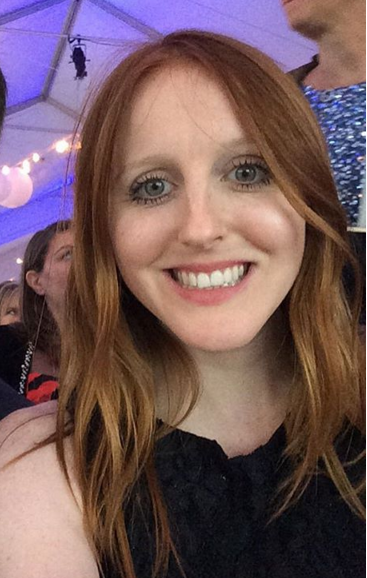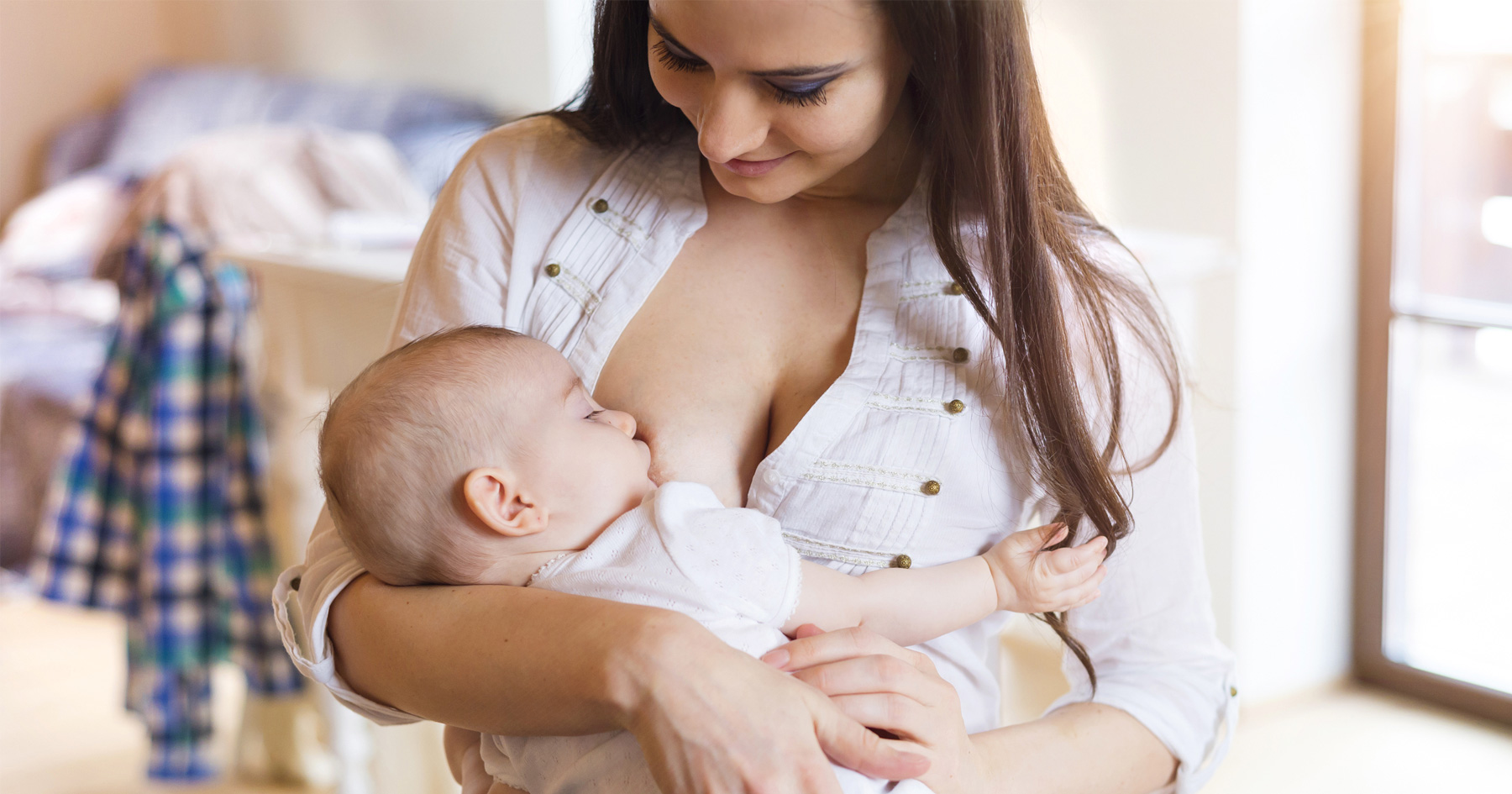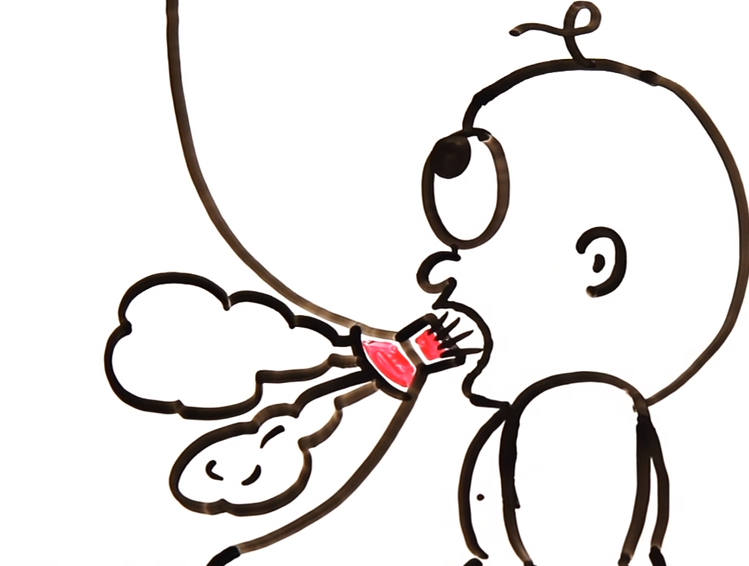Science Explains Why We're so in Love With Boobs

By:
Men and women alike have an interesting relationship with breasts. More than 285,000 women underwent breast augmentation in 2014, and heterosexual men tend to love the look and feel of them. Unsurprisingly, breasts are also integral to the "sex sells" approach to marketing and are often seen in ads, TV shows, movies, and media.
So what's with our obsession with breasts? To understand this, it's important to understand their physiology and evolution.
RELATED: 2015 Was the Year of the Breast
The physiology of breasts.
The human breast is unique among mammalian species, according to a recent viral video made by popular science YouTube page, AsapSCIENCE. Human women are the only female mammals whose breasts get bigger during puberty and not just during pregnancy.
Our breasts also vary in size from week to week, thanks to the production of estrogen and progesterone during the menstrual cycle. Half of women report having one breast that is larger than the other.
The bond of breastfeeding and sex.
There's a link between breasts, nurturing infants, sex, and the evolution of our species.
A 2006 study in the Journal of Sexual Medicine found that 82 percent of women and 52 percent of men experienced sexual arousal when their breasts or nipples were stimulated. When this happens, it triggers the release of oxytocin in the woman's brain.
When a woman breastfeeds, she releases oxytocin as well. Both of these experiences trigger bonding, according to neurologist Larry Young, who co-authored "The Chemistry Between Us: Love, Sex, and the Science of Attraction" a few years ago.
RELATED: The Truth About Small Boob Shaming
"[T]here's only one neurological explanation [for our breast obsession], and it has to do with brain mechanisms that promote the powerful bond of a mother to her infant," Young and his co-author Brian Alexander wrote in a 2012 piece for The Huffington Post. "This bond is not only the most beautiful of all social bonds, it can also be the most enduring, lasting a lifetime."
Humans are also unique because they have sex face-to-face, which the authors described as a "quirk of human sexuality [that] has evolved to exploit the ancient mother-infant bonding brain circuitry as a way to help form bonds between lovers."
 BigStock/HalfPoint - bigstockphoto.com
BigStock/HalfPoint - bigstockphoto.com
"When a partner touches, massages, or nibbles a woman's breasts, it sparks the same series of brain events as nursing," they said. "Oxytocin focuses the brain's attention to the partner's face, smell, and voice. The combination of oxytocin release from breast stimulation, and the surge of dopamine from the excitement of foreplay and face-to-face sex, help create an association of the lover's face and eyes with the pleasurable feelings, building a bond in the women's brain. So joke all you want, but our fascination with your breasts, far from being creepy, is an unconscious evolutionary drive prompting us to activate powerful bonding circuits that help create a loving, nurturing bond."
RELATED: The Problem with the Way We Talk About Breastfeeding
As noted in the AsapSCIENCE video below, the nipple has a single orifice but has many holes unseen to the human eye. Once you have a baby, receptors in the nipple detect when the baby begins to suckle, in turn sending messages to the mother's brain and releasing oxytocin and continued production of prolactin.
 AsapSCIENCE YouTube - youtube.com
AsapSCIENCE YouTube - youtube.com
"Oxytocin causes the cells that line the mammary glands to contract and is also known as the cuddle hormone, as it enhances the bonding experience between mother and child," the video said.
Watch the full video below:
